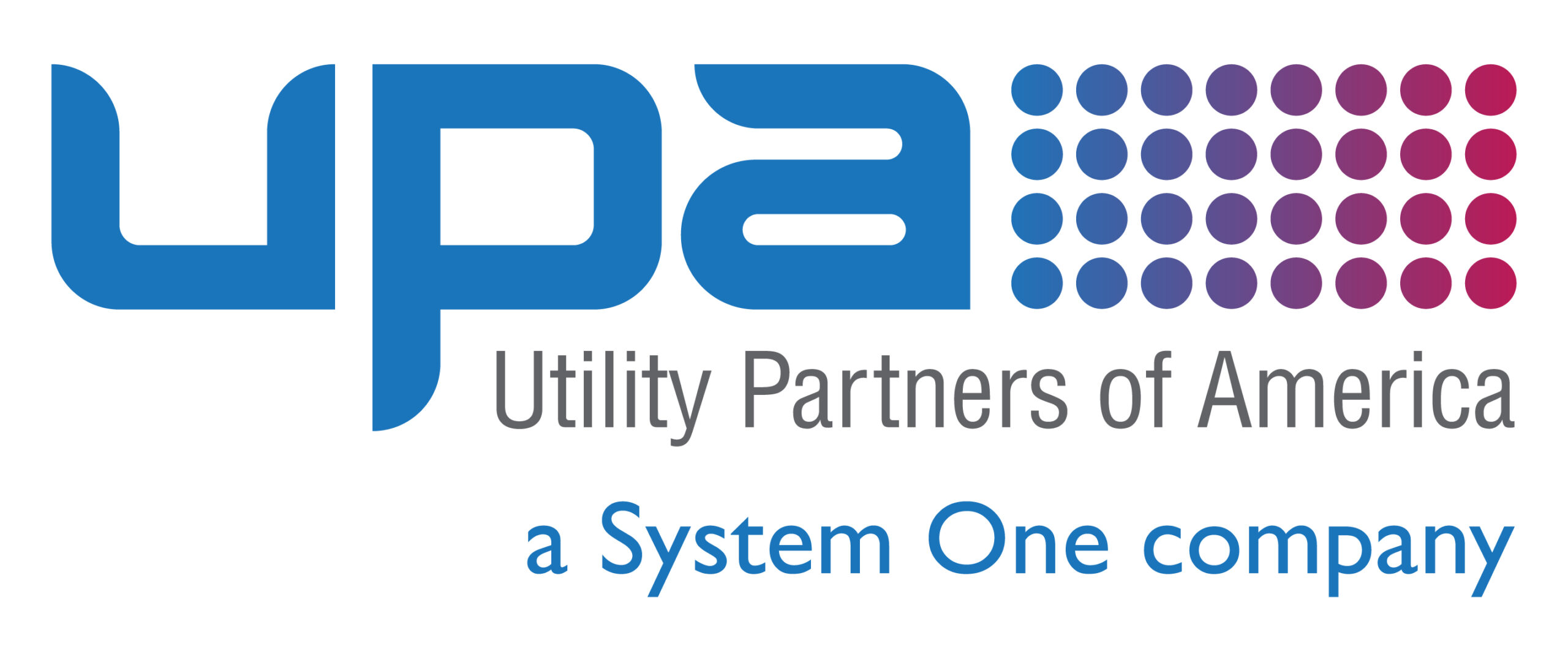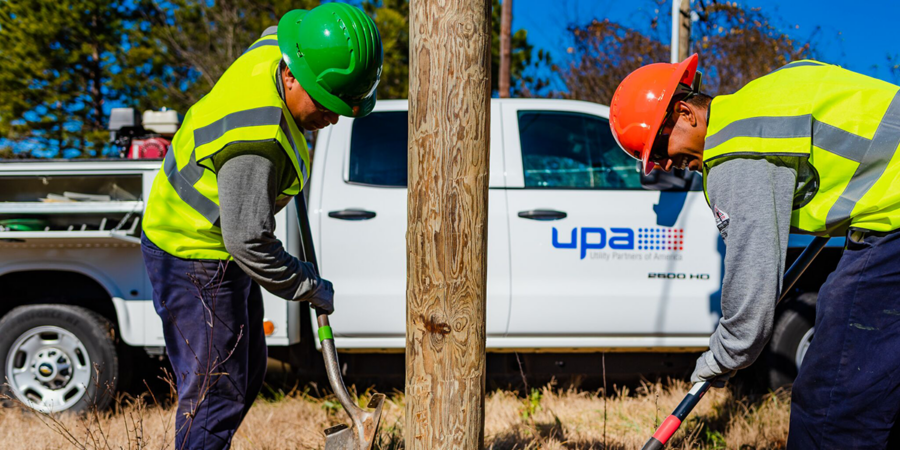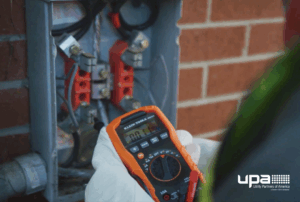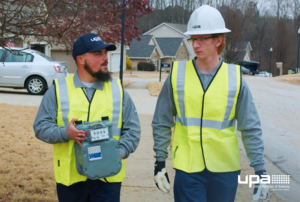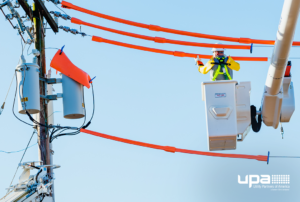They say that character is doing the right thing when no one is watching, and that may never be more appropriate than on a job site. Whether someone is working alone or the site is buzzing with activity. Employees in utilities often have specific tasks that simply don’t receive direct oversight. That can be dangerous under the wrong conditions. We’d all like to believe that every employee has the best intentions when it comes to upholding safety protocols. There is another workplace buzzword that encapsulates what it means to actually abide by those guidelines: accountability.
There’s no doubting that accountability around safety requires an organizational-wide emphasis, and that’s where it can get a little sticky. Come off as too strict in your approach, and employees will view safety and accountability policies as disciplinary. If you aren’t strict enough, you risk endangering the safety of your employees. Fortunately, there is a middle ground, and we have some ways that can help. Here are four ideas you can use to keep employees accountable for their own safety.
Create a safety committee
Regardless of the relationship you have with employees, workers generally prefer talking among their peers. The best way to leverage that comfort is by creating an employee-based safety committee. Use this group as a soundboard to solicit direct feedback from employees. Ask whether safety policies are either hurting or helping accountability.
If an employee feels part of the policy needs a revision, allow that employee to propose new ideas to bolster the organizational goal of safety and accountability. Employees who feel as if they have a say in shaping policy are generally more receptive to complying with its terms.
Give context around why safety is important
Your employees are skilled and trained professionals who understand the risks involved in their jobs. That doesn’t mean contextual reminders can’t serve a purpose. As a leader, you should be striving to provide relevant reasons why someone should be accountable for their own safety.
Those examples should include times where a worker—fictional or otherwise—may have overlooked their own safety to get the job done. Whether it comes from leadership or during a safety committee meeting, a discussion reinforcing leadership’s view on safety should take place. More importantly, it should be clear that leadership would never ask an employee to complete a task they felt unsafe in doing. Employees must understand the role they play in maintaining safety. And the best way to do that is by making it applicable to what they encounter on a daily basis.
Provide clear and descriptive objectives for safety
While “staying safe” is the overall goal of any workforce, that brief statement just isn’t enough. You may be familiar with SMART (Specific, Measurable, Attainable, Relevant, Timely) goals, which companies have used for years to define success for the business. However, you can use that same goal-setting strategy for safety and accountability. In discussions with employees, use the SMART tactic to lay out your expectations. By following this format, you leave little interpretation to employees who now have a clear roadmap to follow.
But it’s also essential that you enable employees to reach these goals by providing them with adequate resources. If one of your goals is that anyone working on a certain type of project must radio in every 30 minutes, it’s imperative that you offer functional radios and that someone is available in the office to take the call.
Another example might involve the screening of an annual training demo. Given the number of shifts typically worked by employees in the utility industry, you must offer this demo multiple times and on various days. Holding your screening at one time on one day will certainly limit the number of employees who can attend, thus minimizing its impact.
Monitor compliance and reward stellar performance
It can feel a little strange to “reward” someone for staying safe and remaining accountable for their own actions. People always push a little harder when something extra on the line. Once you’ve communicated your company’s clear goals for safety, find a way to thank them. Highlight those employees who have met or exceeded the standard.
These “prizes” shouldn’t be anything lavish. Perhaps it’s a gift card to a local coffee shop, a new company-branded coffee tumbler or even their name and picture on the wall. You can also expand this idea for recognition to the shop-level and cater lunch for the entire crew if a certain amount of people met the goal.
But none of that is possible without a mechanism for tracking safety and accountability. Measurement should always revert back to the organizational goals and should be based on data—not opinion.
Safety and accountability are critical parts of the business that Utility Partners of America (UPA) stresses in its partnerships with utilities and energy co-ops. If you’re interested in learning more about what we can do for you, contact us today.
